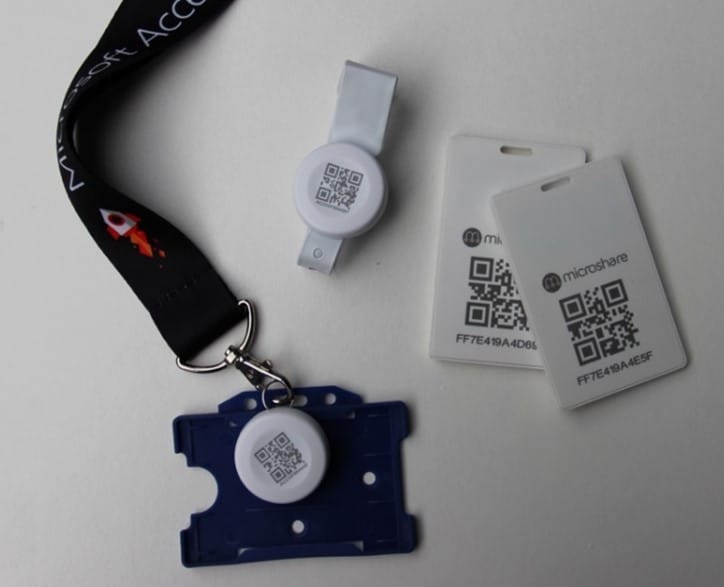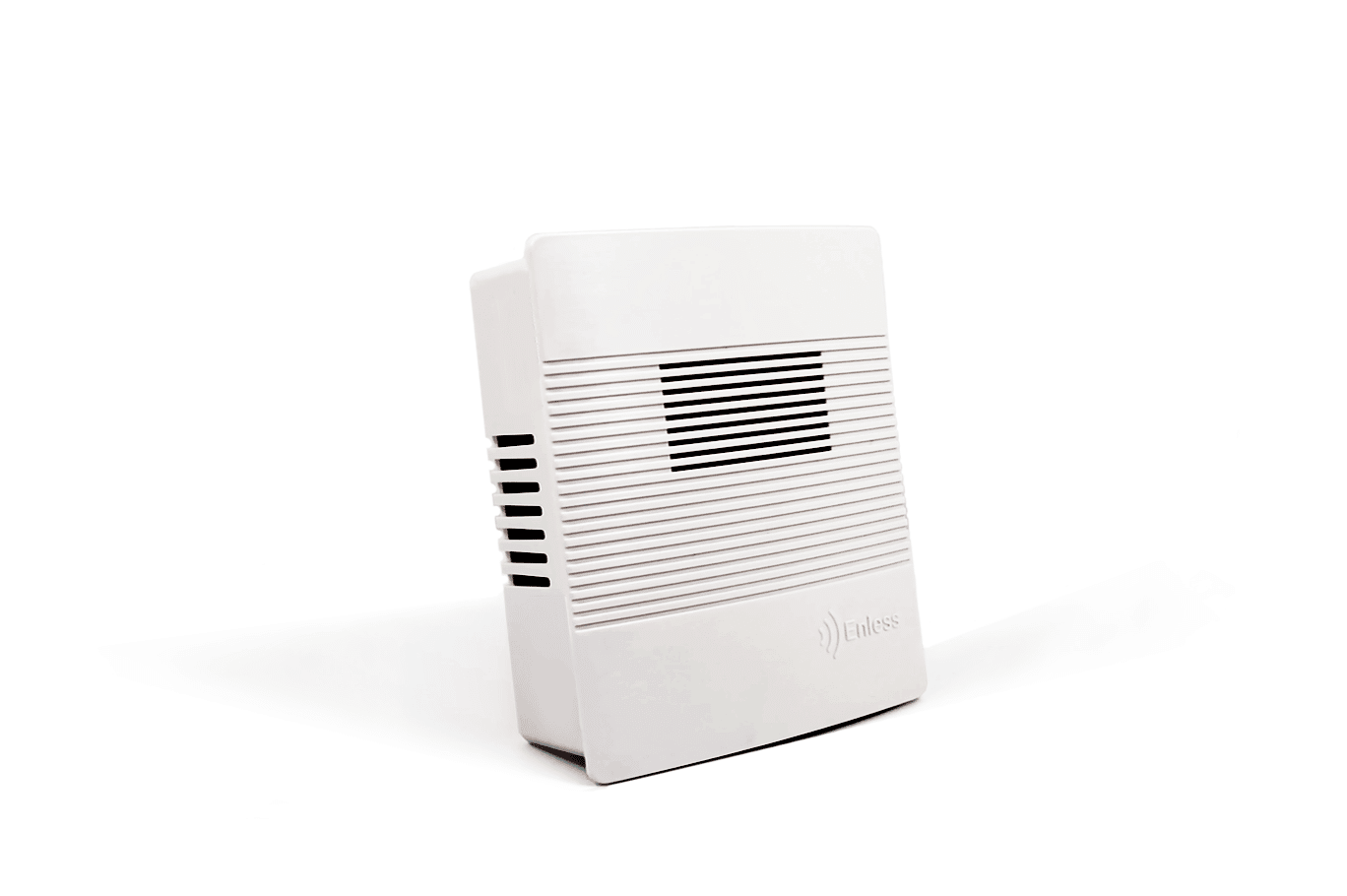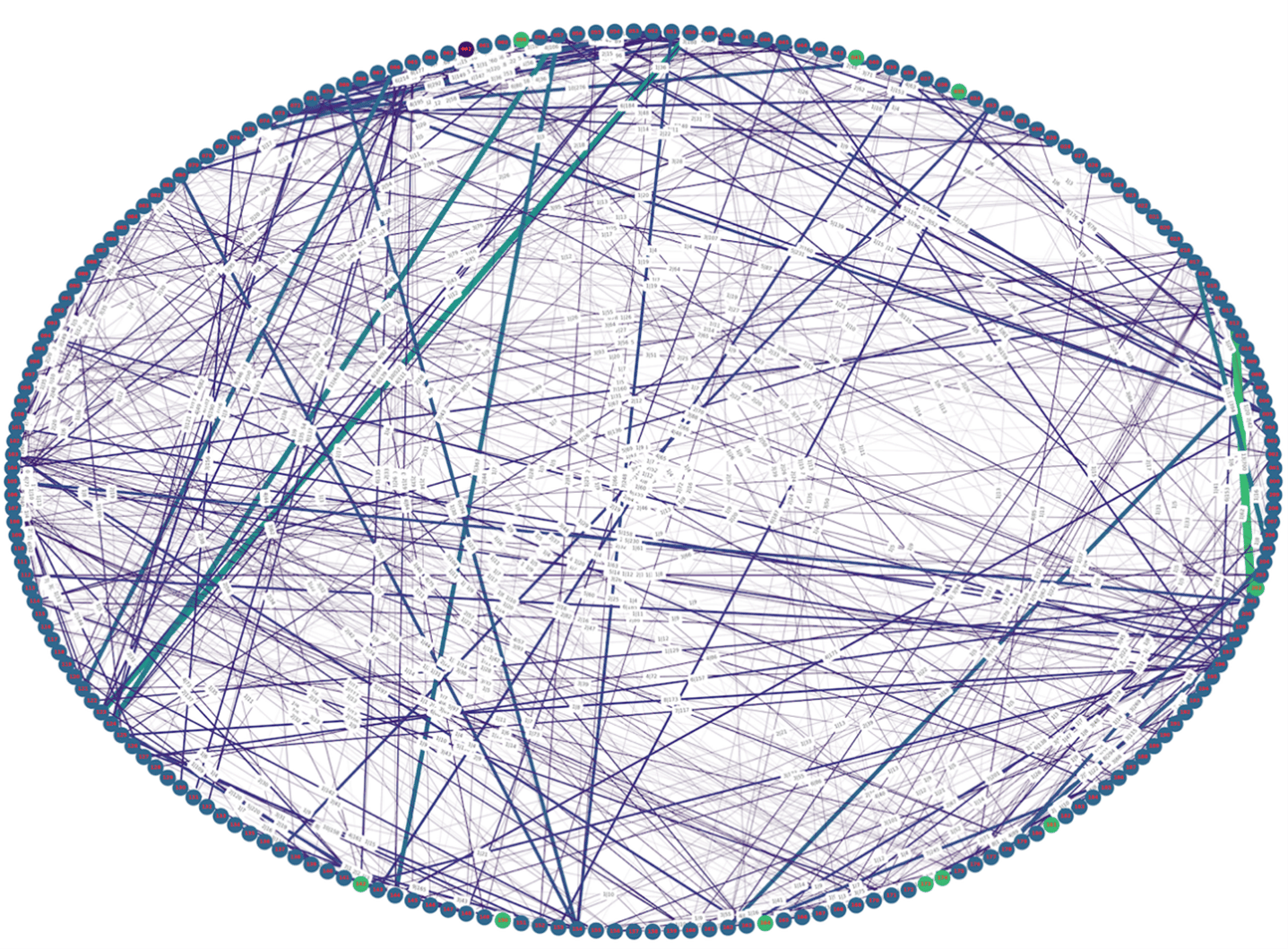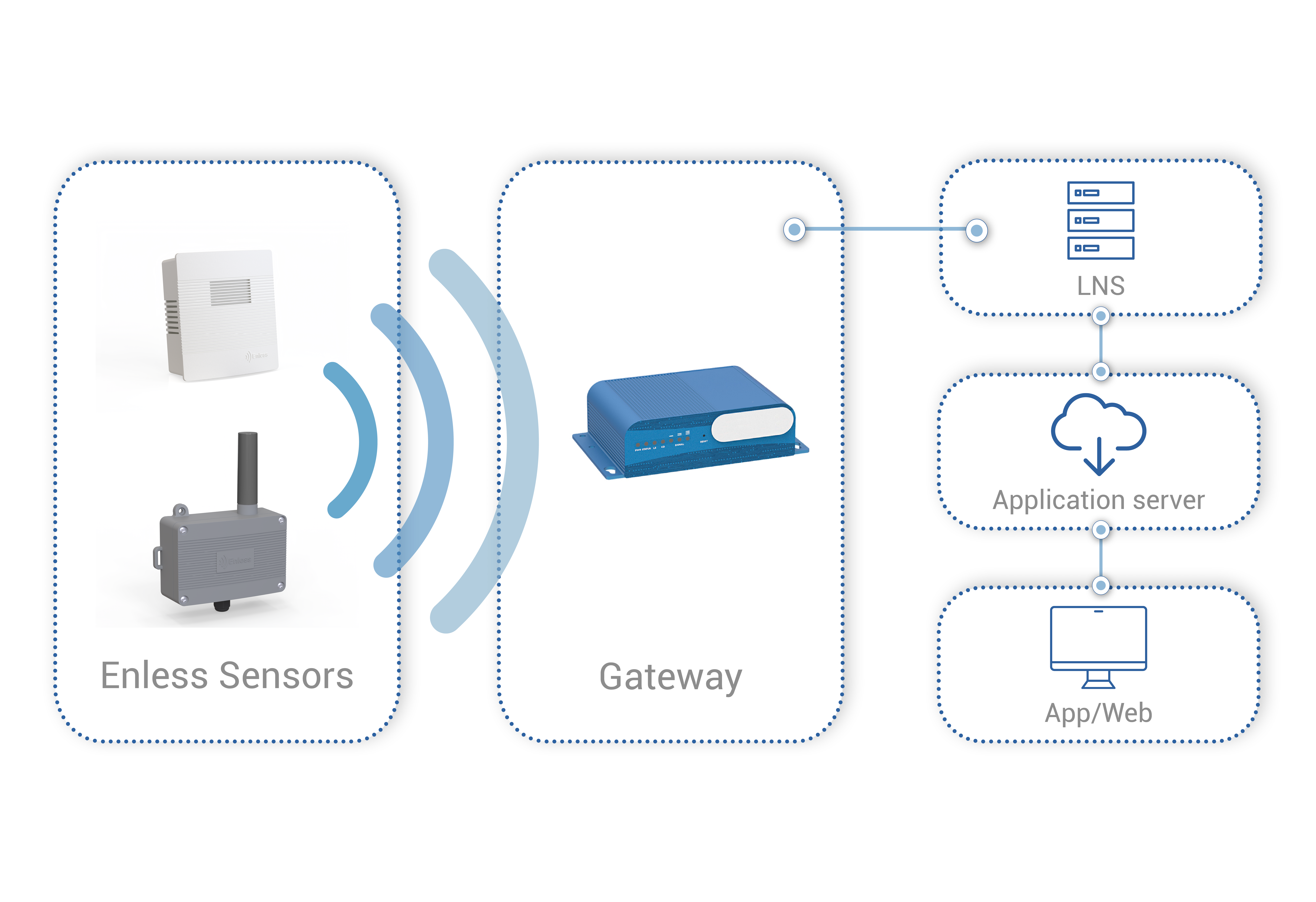
Industry and academia team up at leading Paris medical school to demonstrate how building managers can control spread of viruses.
“This Covid-19 real-world analysis demonstrated the correlation between bad air quality and contamination increase and clearly showed this IoT-based solution can help building managers in the future to limit the spread of viruses such as Covid-19.” – Prof. Bertrand Maury, Université Paris-Saclay
| Microshare | Kerlink |
| > Headquarters: Philadelphia, USA > Year founded: 2013 > Industry sector: Smart Building Data Solutions, IoT |
> Headquarters: Thorigné-Fouillard, France > Year founded: 2004 > Industry sector: Global provider of Internet of Things solutions |
| Project: Faculty of Medicine (medical school) – Hospital Kremlin-Bicêtre AP-HP (Assistance Publique-Hôpitaux de Paris) Year founded: 1885 Industry sectors: Medicine, Health Care, Higher Education |
Challenge
A study[1] published in 2018 by the US Environmental Protection Agency (EPA) highlighted that indoor air is 100 times more contaminated than outside air and that current-day populations spend at least 80 percent of their time indoors. The same study demonstrated that contrary to atmospheric pollution, indoor pollutants are about 1,000 times more likely to be inhaled and thus transmitted to the lungs, causing diseases.
A 2018 UK study[2] for the British Council for Offices (BSO) reported that task performance, based on concentration and attention, is directly affected by indoor environmental conditions such as temperature, relative humidity and CO2 concentration. It also demonstrated that a granular control of temperatures and proper monitoring of CO2 levels can directly reduce the level of stress of the workforce, customers, visitors and tenants, and improve their productivity and satisfaction levels. This study echoed the results of research in 2012 that assessed the direct effects of increased CO2 within the range of indoor concentrations on decision making.[3]
The COVID-19 pandemic further directed scientists’ attention to the central role played by air quality management in buildings as a key factor in the fight against the spread of a virus. However, concrete elements of evaluation, measurement and modeling are still needed to demonstrate and support these theories and define the resulting appropriate actions. This is where the Internet of Things (IoT) comes in.
Project Genesis
The pilot program Kremlin-Bicêtre AP-HP aimed to control the spread of Covid-19 by anonymously tracking students, faculty and staff during their daily routines throughout the facility.
From the start, it focused on the definition of epidemiological models of transmission of the Covid-19 virus through anonymous observation of propagation and counting chains (contact tracing) linked to extended contacts in closed environments, such as public places, classrooms or workplaces. Combining off-the-shelf IoT technology and equipment from Kerlink, Microshare and Enless Wireless with new mathematical models that simulated the propagation of Covid-19, a special project team designed and installed a pilot system in the medical school in late 2021. In addition to the companies, the project team included medical school staff and scientists from a variety of technology-focused organizations.
Nearly 200 students and about 20 staff volunteers who wore Bluetooth-enabled badges during their classes, labs and shifts at the medical school participated in the three-month trial in the fourth quarter of 2021. The system anonymously monitored their movements and whereabouts using dedicated mathematical models developed by two Paris-Saclay University scientists, Professors Bertrand Maury and Sylvain Faure, as well as continuous monitoring of building air-quality. These models simulated the propagation of Covid-19 in the student population, based on contact-tracing matrices.
This project was financed by the University of Paris-Saclay for administrative costs of 12 K€, and was encouraged by Vice Dean Dr. Olivier Lambotte and two doctors, Dr. Florent Besson and Dr. Nicolas Noel, at Kremlin-Bicêtre AP-HP medical school. The results were validated by the clinical research unit of the Paris-Saclay Faculty of Medicine, and enriched contact-tracing matrices were inspired by an algorithm developed by France’s National Center for Scientific Research (CNRS). Protection of private data and the identities of the pilot-project participants fully complied with GDPR law. The air-quality monitoring and analysis of CO2 in the facility was carried out in parallel to evaluate its incidence in the transmission chains.
Solution History and Implementation
The system used technology developed by Kerlink, a specialist in solutions dedicated to the IoT, Microshare, a provider of a leading data-management solutions for the IoT era, and Enless Wireless, a major manufacturer of intelligent self-powered sensors, communicating in radio mode and dedicated to energy performance & comfort applications in buildings, to collect data on the field. This pilot project provided key information for contact-tracing (layer 1) and CO2 concentration analysis (layer 2). These data then fueled a scientific mathematical model (layer 3) to analyze contact frequencies and virus propagation, related to ambient CO2 concentration
Layer 1 – Contact-Tracing
The LoRaWAN-enabled system used Kerlink Wanesy™ Wave, a multi-purpose powered anchor combining Wi-Fi, BLE and LoRaWAN®, for collecting contact-tracing data from the Bluetooth badges. It also included a Kerlink Wirnet™ iFemtoCell indoor gateway to transmit the data to Microshare’s Universal Contact Tracing® (UCT) application, which ensures end-to-end security, privacy and reliability delivering critical information where it’s needed.

The data it produced were GDPR-compliant and delivered through Microshare’s patent-pending rules and sharing engine to only appropriate and designated people in the organization, at the right time.
“Microshare’s Universal Contact Tracing solution is designed for occupant safety and universal access, based on wearables, which closes the loopholes and privacy problems of the smartphone. While tracing contact anonymously between facility occupants through badges, wristbands and keyrings, it avoids vulnerability of the smartphone approach where data can be disabled, batteries lose power or usage is shared among people who work on different shifts. It also runs on LoRaWAN® gateways separate from proprietary networks, avoiding serious security problems associated with Wi-Fi and other cellphone data technologies.” –Charles Paumelle, Microshare’s Co-founder and Chief Product Officer

Layer 2 – CO2 Monitoring
Enless Wireless provided the pilot project with easy-to-install and connect indoor air-quality sensors with embedded CO2 sensors and high-performance D-type batteries.
The contact-tracing application in the buildings was thus paired with air-quality monitoring that included:
- CO2 levels in the premises in relation to occupancy rates and hours, and ventilation adjustments,
- Malfunctions in the ventilation or required maintenance of ventilation equipment, and
- Hourly renewal rate (HRR), or complete renewal of the air in a room, which is a key performance indicator (KPI) monitored by building managers in their day-to-day operations.

– Enless Wireless Indoor Air Quality Sensor ©2022
Layer 3 – Algorithm and Scientific Model
The first mathematical models used in the pilot were developed from internal data from a UCT experiment at the Rennes headquarters of Kerlink, where employees were equipped with Microshare UCT tags for eight months in 2020, during the peak of the pandemic.
Enriched contact-tracing matrices were then inspired by an algorithm developed by France’s National Center for Scientific Research (CNRS) and Paris-Saclay University, where Professors Bertrand Maury and Sylvain Faure created the algorithms that define epidemiological models for virus transmission. Thanks to the system deployed, this algorithm also was able to integrate a first assessment and correlation of the influence of CO2 concentration as an indicator of poor air quality that may accelerate viral transmission, e.g. a CO2 level indicating insufficient indoor air renewal.

Key Findings
Air quality was monitored hourly along with the level of CO2 in the premises according to occupancy rates, hours and periods of ventilation. The resulting measurements also helped detect malfunctions in the ventilation and suggest maintenance of ventilation equipment, and highlighted participants’ behaviors and/or locations that increased the risk of contamination. These measurements made it possible to define a pedagogical approach and help medical school staff schedule use of the lecture halls, as well as pass on healthful practices to the occupants.

A slow air renewal rate induces a high presence of aerosols and, potentially, of viral particles.
The concentration level of CO2 in a closed space can be used to monitor the rate of air renewal and signal the risk of increased exposure to airborne viral particles. Regular ventilation is therefore essential, including opening windows or scheduling an optimal hourly renewal rate (HRR).
Prof. Lambotte, vice dean of the Faculty of Medicine at Kremlin-Bicêtre AP-HP, said Covid-19 virus transmission analysis and the desire to develop an “improved-alerting” tool based on epidemiologic models were the initial triggers for this demonstrator project and they have been successfully completed with air-quality monitoring through CO2-level analysis.
“After these initial results, the Faculty of Medicine will be able to refine its systems for combatting the spread of epidemics thanks to a better knowledge of the interactions between students and thanks to a mastery of air quality. Mathematical modeling of air renewal in a classroom or amphitheater allows us to estimate in advance the maximum number of people who can be present to maintain a CO2 level below a set threshold.” – Prof. Olivier Lambotte, Vice Dean of the Faculty of Medicine at Kremlin-Bicêtre AP-HP
“This trial showed that these solutions can help building managers improve air quality of workspaces to limit the risks of viral contamination or transmission, which can impact occupants’ wellness, concentration and performance. In addition, this system, using our 100% ‘plug and play’, self-powered indoor air quality monitoring devices may prove to be an affordable solution for hospitals, retirement homes, universities, schools and public buildings.” –Caroline Javelle, Marketing & Communication Manager at Enless Wireless –
“In addition to helping doctors and scientists describe and understand Covid-19 transmission models, the system demonstrated that LoRaWAN® easy-to-deploy, indoor air-quality management solutions consisting of contact-tracing individual autonomous beacons, connected CO2 sensors, applications and AI algorithms are a reliable, cost-efficient and easy-to-operate system for in-building air-quality monitoring.” –Benjamin Maury, Head of International Partnerships at Kerlink
Further Reading
« Managing Air Quality – Air Pollutant Types” US Environmental Protection Agency
https://www.epa.gov/air-quality-management-process/managing-air-quality-air-pollutant-types
“Improving Productivity in the Workplace” British Council for Offices
https://emcoruk.com/workplace_productivity.pdf
[3] “Is CO2 an Indoor Pollutant? Direct Effects of Low-to-Moderate CO2 Concentrations on Human Decision-Making Performance”, Usha Satish, Mark J. Mendell, Krishnamurthy Shekhar, Toshifumi Hotchi, Douglas Sullivan, Siegfried Streufert, and William J. Fisk, in Environmental Health Perspectives, Volume 120 – Number 12, December 2012, pages 1674-1677.
*Writing: Kerlink
Click on the icons below to post this article on social networks >>>







